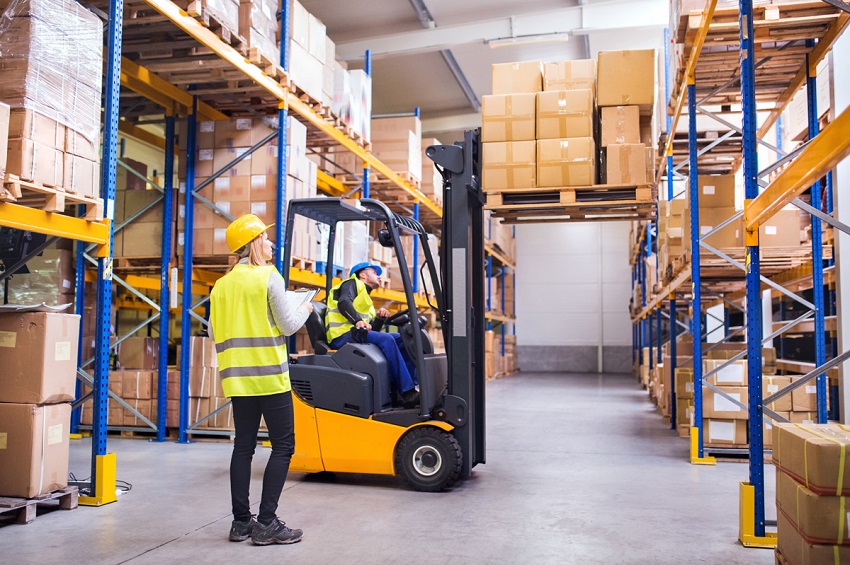Outsourcing compliance monitoring helps firms to improve operational efficiency and mitigate risk. This also provides transparency and accountability. You should look for the service provider that is able to clearly define contracts, an exit strategy and is committed to industry-specific compliance.
Maintaining a comprehensive compliance program can be costly, and a failure to follow the rules could lead to heavy fines and legal enforcement. By leveraging the power of technology and third-party compliance tools, companies can reduce financial and reputational risk.
Outsourcing regulatory compliance
Outsourcing compliance to regulatory agencies gives financial institutions, RIAs, and broker-dealers the benefits of savings in costs as well as improvements in risk management and technologically-driven efficiencies. It also allows them to concentrate resources on the most important business functions and expand quickly without the burden of an expensive in-house compliance team. The process is not without challenges. Some companies are concerned about losing control of compliance issues by working with an external service provider. These concerns can be addressed with the help of shared systems with clear communication frameworks, the most important performance indicators and also by establishing rules of governance and escalation.
Finding a reputable outsourcing provider for compliance needs careful research and consideration. Choose a company that is specialized in your field and has a deep understanding of the regulations and compliance frameworks you use. Find a firm that is proactive and provides ongoing support.
A third party can monitor your compliance activities, increasing transparency and accountability within your company. The most reliable companies for compliance outsourcing will provide detailed documentation and regular updates regarding compliance activities which reduces risks and provides complete transparency. You’ll be able to avoid major regulatory issues by identifying them and avoid them prior to they become a problem. This is essential for avoiding fines and legal action, as well as preserving your credibility with customers investors, partners, and customers. A reputable compliance outsourcing company can also provide proactive advice to help you meet your goals in compliance and reduce risks.
Monitoring compliance services
All businesses must ensure the compliance. It is crucial to regularly monitor and assess the company’s compliance with its internal policies as well as industry standards, regardless of whether you work in an industry that is highly regulated or otherwise. This will allow you to identify areas of non-compliance and mitigate risks before they become a major problem.

This process involves assessing and evaluating your procedures, activities and procedures to make sure they meet the requirements of regulatory authorities. It can be carried out manually or through automated systems and is a dynamic process that involves surveillance, review and analysis of how your organization performs and the risks involved. It also enables groups to take corrective actions before issues escalate.
A robust compliance monitoring system will assist you in reducing costs and improve your business’ performance by ensuring adherence to Vietnam’s preferential tax policies for FDI. Automated solutions can speed up compliance checks by reducing time in manual tasks, and freeing employees for other tasks. It can also notify your staff in real-time of any potential issues, to address them prior to the issue escalating into an out-of-control failure.
A reliable compliance monitoring system can seamlessly integrate with the existing systems to give an extensive view of compliance of the entire organization. This makes it simpler for you to monitor compliance to internal and external policies, as well as keep your company from being fined by regulators. To help coordinate efforts, it should be able support the IT, legal and finance teams along with HR and operations.
Third-party compliance solutions
Third-party compliance solutions are an essential element of any company. They aid organizations in protecting their brand and reputation by ensuring that third-party compliance with laws or regulations and policies. They also provide a single, centralized platform to monitor compliance activities. This helps ensure consistency and effectiveness and reduces the chance of financial penalties or reputational damage. A robust third-party compliance program is a reliable method to establish trust with your stakeholders and ensure long-term profits.
Third-party compliance software is a device that allows companies to conduct due diligence on other parties. It’s designed to simplify the process of evaluating third-party risks so that companies can make informed choices about their suppliers, vendors and contractors. The software helps companies save money and time by eliminating manual processes.
Vendors are the most common third-party, but the term may also apply to any entity outside of the company who interacts with a business. This includes suppliers, distributors, outsourcing agencies contractors, affiliates as well as consultants. Third-party compliance entails vetting third parties, setting specific guidelines and expectations, and ensuring that they adhere to the same compliance requirements as their own company.
You should only choose third-party vendors that have a history of ethical business practices. It is possible to do this by conducting due diligence, evaluating their integrity as well as their financial stability and their compliance reports. It is crucial to continually keep track of vendors, looking for any change in their compliance status.
Benefits of outsourcing compliance
Regulatory compliance management can be a costly endeavor. The cost of acquiring and training compliance staff is substantial, as well as maintaining the systems and technology can be lengthy. outsourcing is a fantastic way to reduce costs while gaining access to the most advanced knowledge. Outsourcing gives companies flexibility and scalability.
Choosing the right outsourcing provider is crucial. You must ensure that they are trustworthy and have a wealth of experience in your field. To assess their performance, inquire for references from customers and case studies. Be sure that all rules and regulations are observed, including those relating to privacy. Establish a clear mechanism to resolve disputes. This will lower the chance of unforeseen events such as litigation and settlements.
A third-party provider can improve transparency and accountability within the compliance process of a business. They are able to provide comprehensive documentation and periodic updates, ensuring that everyone in the organization is aware of the progress of compliance activities. They can also prevent unintentional violations by identifying any weaknesses that might go unnoticed within the organization.
Outsourcing compliance can help you free up resources which can then be used for strategic initiatives as well as growth and innovation. It is crucial to take into consideration the long-term effects of outsourcing compliance before taking a decision. It is also important to explain the reasons behind outsourcing to the internal team. This will ensure that they are on board with the outsourcing strategy and help ensure its success.














